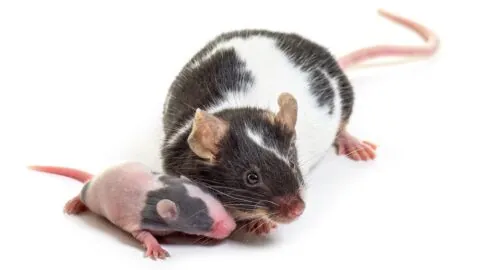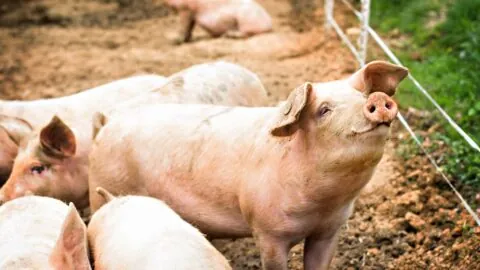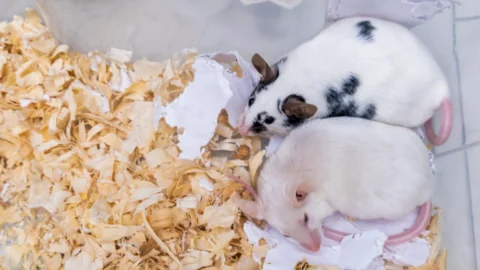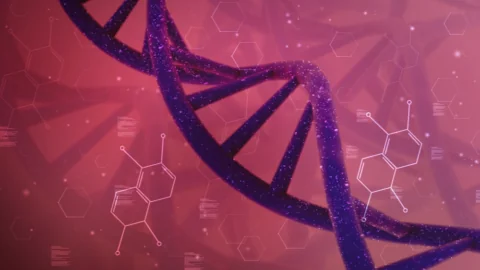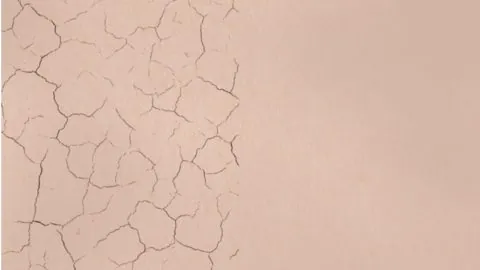April 19, 2024
Tiny bubbles that cells use to communicate with each other prolonged lifespan and reversed numerous aging phenotypes when taken from young mice and injected into old ones, even though the treatment started late in life [1]. The tiny messengers For millennia, humans credited young blood with rejuvenating qualities. This belief caused legendary and historic rulers...
October 30, 2023
A new study used a plasma fraction from young pigs to robustly reduce the biological age of old rats. This could potentially open doors to rejuvenation in humans [1]. The blood connection People have been trying to use young blood to rejuvenate old organisms for millennia, but only in recent years has this concept been...
August 01, 2023
For the first time, scientists have shown that letting young and old mice share blood leads to a significant lifespan extension in the old mouse [1]. Rejuvenation by young blood Since the dawn of civilization, young blood has been credited with healing and rejuvenating powers, and its value has been demonstrated by modern science. In...
March 09, 2023
Research published today in Nature Aging has shown that heterochronic parabiosis, the circulatory joining of young and old organisms, has rejuvenative effects on the gene expression of multiple types of brain cells in mice. Parabiosis affects a wide variety of factors at once Heterochronic parabiosis is a well-known aging intervention in mouse studies, and some...
July 01, 2022
Publishing in Science, researchers have transplanted old human skin to young mice and witnessed a robust rejuvenation cascade that is probably triggered by vascular growth [1]. New life for old skin Our skin begins to age relatively early, and this conspicuous process gave rise to a centuries-old huge industry of skin care. Sadly, most of...
January 24, 2022
Vadim Gladyshev and his team have published a review in Aging Cell about the current techniques and innovations in rejuvenation biotechnology, providing an overview of how these researchers see the state of the field. The reversibility of aging The reviewers begin by discussing the connection between the perceived irreversibility of aging and the lack of...

